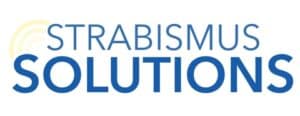Strabismus (eye turn) and amblyopia (lazy eye) are extremely common conditions occurring in 3-5% of the world’s population. Having these conditions can be challenging both physically and emotionally, but luckily there are plenty of potential solutions for fixing or reducing the side effects of these conditions. Because every case is different, each person will require a unique plan and plenty of help from professionals for success.
As an adult with both strabismus and amblyopia who has worked to overcome these issues, I have discovered many solutions, let’s explore 10 of the most effective ones here.
What are the 10 most popular solutions for fixing strabismus?
- Patching/Glasses
- Prism
- Surgery
- Botox
- Vision Therapy
- Virtual Reality
- Head Tilt
- Peripheral Vision
- Syntonics
- Relaxation and Natural Vision Improvement
Consulting with a professional who can give you your specific diagnosis is extremely important in the process. There are so many intricacies with vision that cannot be diagnosed over the internet. To find a vision therapy office, simply fill out THIS form and I will email you personal suggestions in your area (free of charge).
You can also book a consult with me and I will do more in-depth research for you and we can discuss it all over zoom.
Background
I was born with congenital esotropia and my parents tried patching, glasses, prism, and multiple surgeries. Cosmetically, my eyes were okay most of the time (15 diopters of exotropia), but I never had any 3D or stereo vision.
By the time I was in my 30’s, my eye turn became more severe and my amblyopic eye got much worse to the point that I thought it was dying.
I tried patching, vision therapy, syntonics, natural vision improvement, virtual reality, surgery, prism and more as an adult with a ton of success!
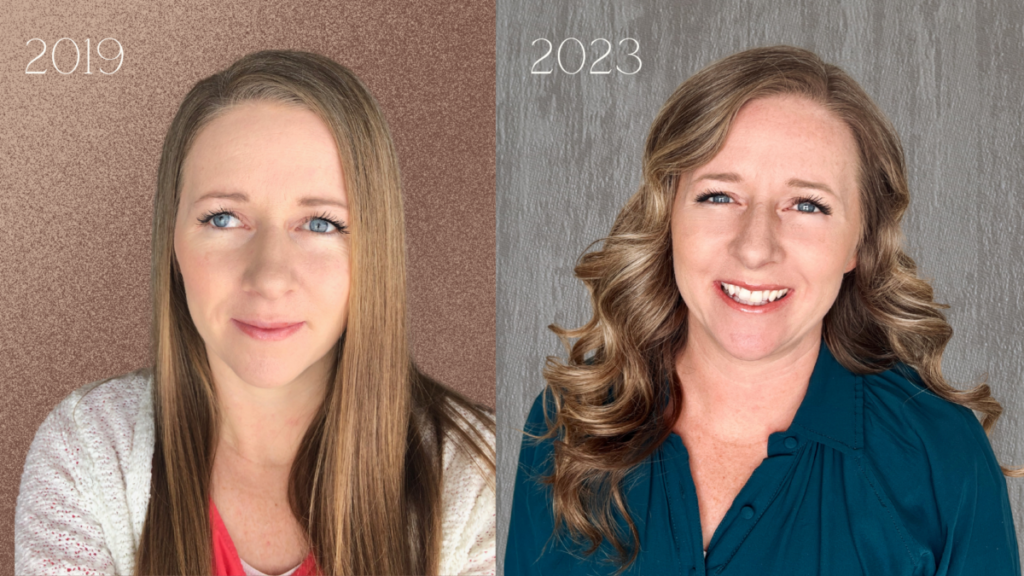
I now have near-perfect alignment at near (still a little esotropia and hypertrophia) and have a much higher level of stereopsis. It has taken a lot of work, but is so worth it. My life has changed in dramatic ways, and yours can too! Let’s take a look at some of the options available for you.
What is the Actual Problem?
With strabismus, the eyes are not pointing in the same direction, for a variety of reasons. It could be due to a difference in what each eye is seeing, double vision, a muscle problem, nerve palsy, cataract, head injury, and more.
In most cases, this goes hand in hand with the inability to fuse the images that each eye sees into one stereo image with depth. For anyone who has the gift of getting strabismus early on, the brain learns to see with one eye at a time and the whole visual process is much less efficient and balanced because of it.
Amblyopia is separate, but also closely related to strabismus. It is when one eye is weaker than the other. Even with the best prescription glasses, the world can still appear blurry, distorted and confusing to this weaker eye.
Sometimes the presence of amblyopia can lead to strabismus because the eyes are seeing the same images so it is too hard to combine so the brain moves the weak eye out to make it easier to ignore.
Other times, an eye turn can lead to amblyopia because the brain simply chooses one eye to use and the other becomes very weak because it hasn’t been used.
Patching/Glasses
The first option most ophthalmologists and optometrists take with strabismus and amblyopia is to get the correct glasses prescription and to strengthen the weak eye so that both eyes can more easily work together.
For many cases, the correct prescription can make a world of difference. The glasses help the images from each eye look the same so the brain can combine them instead of ignoring one. They can also make it easier for the brain to focus the eyes correctly at different distances.
I’m not going into the types of glasses for different types of strabismus, your optometrist will be MUCH better at that, let’s just say that if both eyes are working optimally, there is a good chance they will work together more effectively and no further treatment is needed.
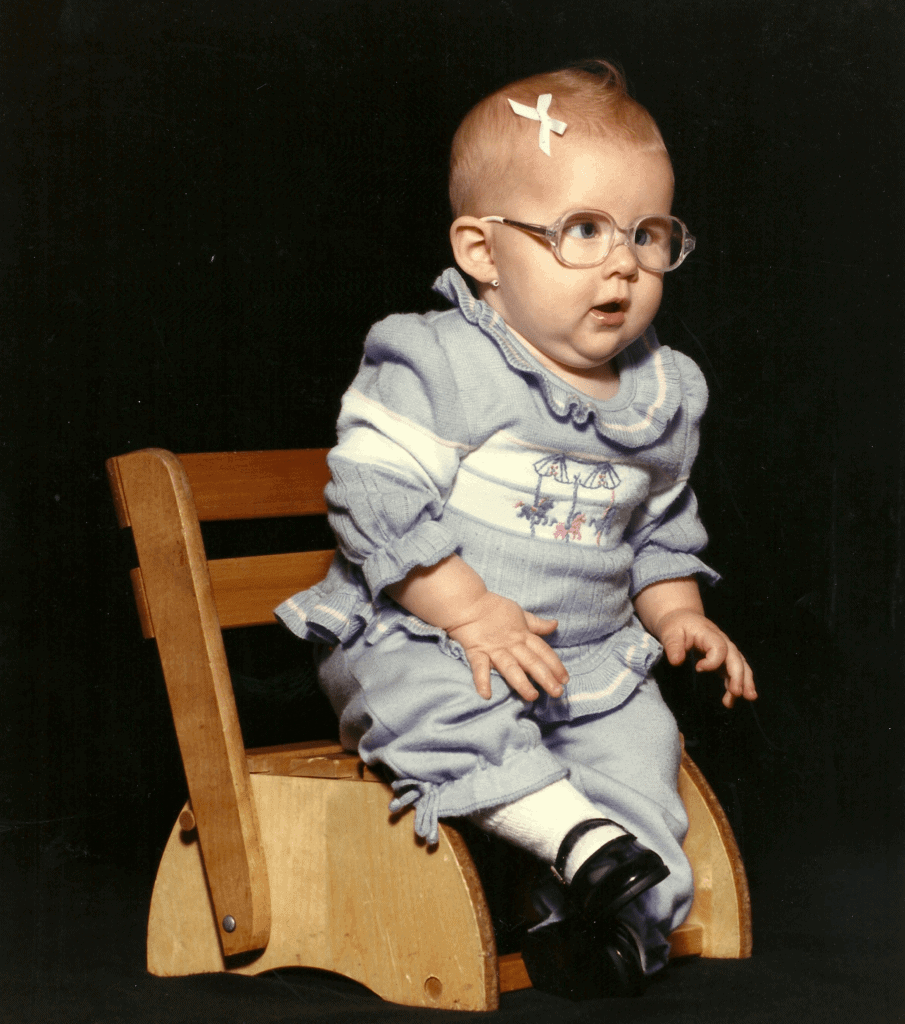
Patching is designed to help strengthen a weak eye. The strong eye is covered with a patch which forces the weak eye to work. You can read all about it in this article about the efficacy of patching.
It can definitely help strengthen a weak eye, but it won’t fix an eye turn and can even take away from the eyes’ ability to work together. There are many new binocular (both eyes together) treatments for amblyopia that can strengthen the weak eye and strengthen binocular vision that research is showing to be more effective long-term. For some examples, you can check out this article about red/green glasses.
Prism
Glasses can be designed with prism that can help compensate for an eye turn. It isn’t the same as a normal prescription and doesn’t make images more clear, but it helps significantly with double vision.
The brain can learn to compensate for eyes that aren’t perfectly straight by learning to accommodate for these problems by converging (turning the eyes in to focus near) and diverging (turning the eyes out to look far). The problem is that sometimes the turn is too significant or there are other complicating factors that make it impossible for the brain to straighten the eyes enough.
That is where glasses with prism can help. It is a very complicated science, but done correctly, it can shift the images from each eye so that they line up and the brain can achieve fusion without
Potential Drawbacks:
- Some people get used to the prism and the eyes misalign further, so the prism is increased, and this cycle is continued until it isn’t possible to place a strong enough prism in the glasses, so surgery is required.
- Some only need the help of prisms in the distance or at near so picking the right strength can be a challenge.
- Prism can not be added to contacts so you must were actual glasses and the prism makes the glasses very thick.
Surgery
Strabismus surgery is performed by a pediatric ophthalmologist. The cut and reattach the muscles of the eye to reposition the eyes to a more straight position.
Cosmetically straight eyes are the goal and if the surgeon gets the alignment within 10 diopters, it is considered a “success” in all the research.
The success rate ranges based on the type of strabismus, but averages out to about a 70% success rate when used on its own. For a breakdown of the success rates by diagnosis, check out this article.
Surgery can make a huge difference cosmetically, of course. But it can also help improve binocular vision, especially if it is combined with vision therapy because the eyes are aligned.
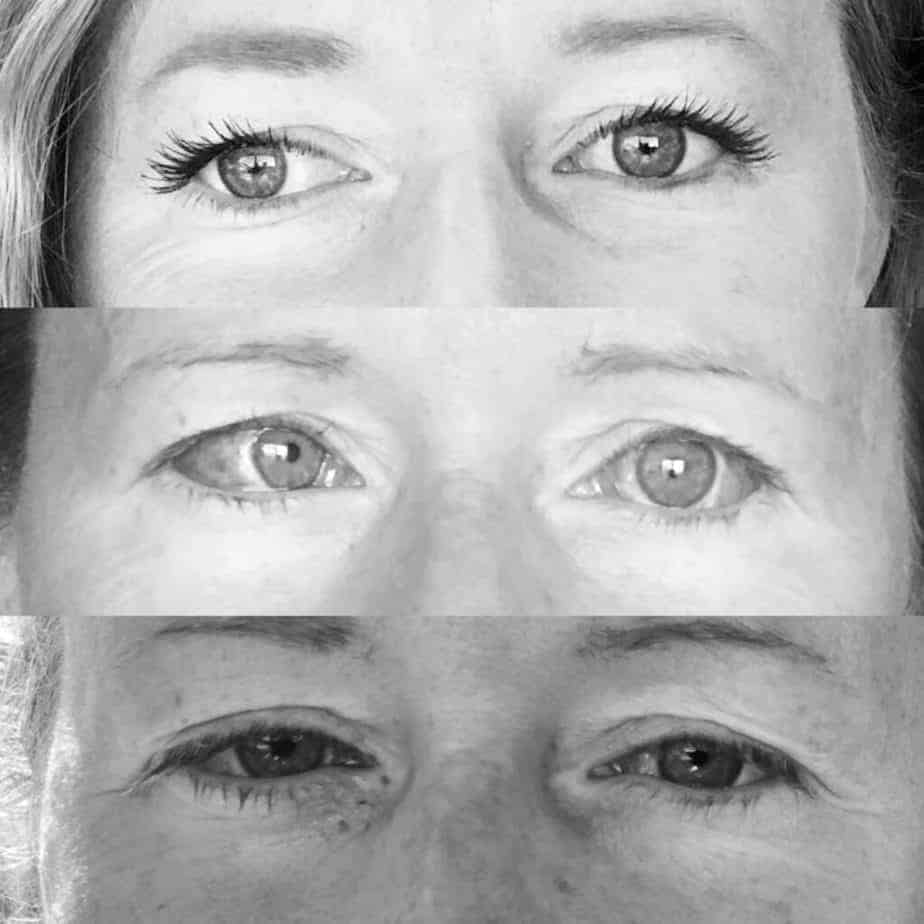
Potential Drawbacks:
- Invasive and there are risks with any surgery.
- When done without any vision therapy, developing binocular vision is very unlikely.
- The results usually don’t last long if fusion isn’t achieved.
- Success rates aren’t great
- Won’t fix amblyopia unless fusion is achieved, which is very rare with just surgery on its own.
Botox
Botox is a neurotoxin that can be used for many cosmetic condition, but you may not know that it can also be used in the treatment of strabismus.
Botox is injected (with a needle, eek!) into an eye muscle and can cause a temporary relaxation. If the muscles are really tight and the eye is pulling in or out, this can relax the muscle and allow the eyes to align.
The success rates are pretty similar to surgery for more minor cases. 70% of patients with vertical strabismus and 85% with horizontal strabismus have success.
Botox is not permanent and generally only lasts for a couple months, but some doctors will use it as a way to see how the brain will respond to eyes that are straight.
Potential Drawbacks:
- Needle in the eye, need I say more?
- Botox is a very temporary solution and many times wears off very quickly
- Does not effect amblyopia at all (not really a drawback, but good to be aware of)
Vision Therapy
Vision therapy is like physical therapy for the eyes. Through various exercises and activities done with a developmental optometrist, the brain learns to process visual information much more effectively. This means strengthening a weak eye, teaching coordination to eyes that don’t work together, improving brain/body balance, deepening peripheral vision and depth perception and so much more.
It uses many unique tools, and some of the same ones as traditional treatments like prism and glasses.
If you are willing to do therapy before and after surgery like you would with any other muscle in your body with physical therapy, you can drastically improve outcomes because the brain will know how to use the eyes together.
Fusion is the glue that can hold alignment together.
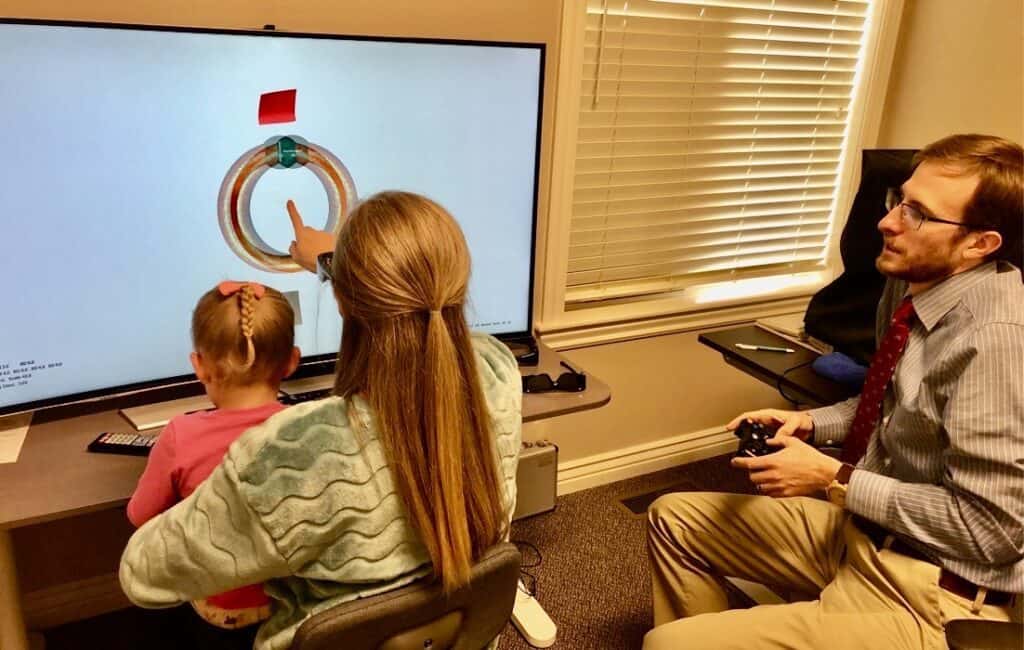
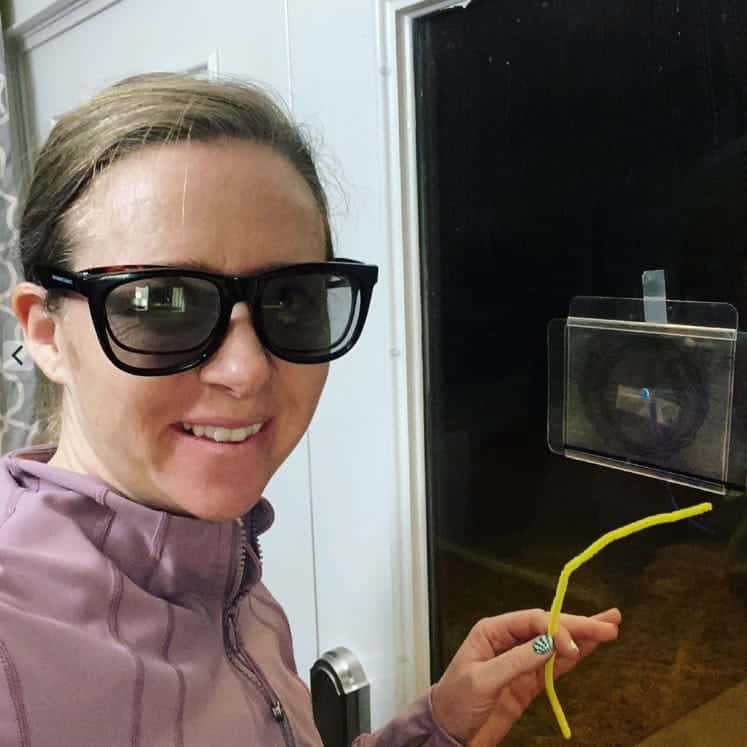
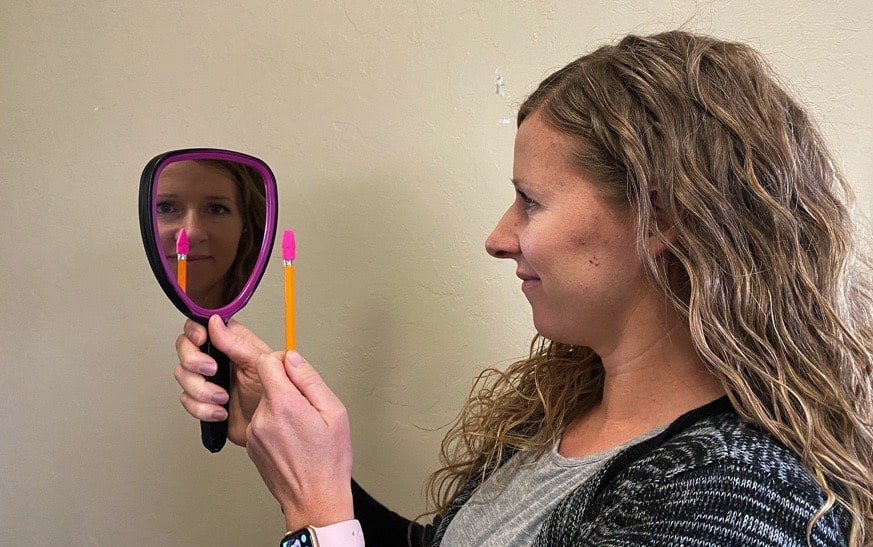
As far as amblyopia goes, vision therapy uses a two-eyed approach. The weaker eye is forced to work in an environment where both eyes are on at the same time. As the brain learns to use both eyes together, it stops suppressing the “lazy eye” and that eye gains acuity and other necessary visual skills. With the brain using both eyes, regression is less likely and success can stick!
Potential Drawbacks:
- It is not usually covered by insurance and can be very expensive. (Details on cost)
- Vision therapy takes time and daily work, expect at least one year of weekly appointments.
- There are many side effects that you may deal with as you go through the process, it can be unpleasant.
Virtual Reality
Virtual reality (VR) is a fun way to work on improving both amblyopia and strabismus. Because a VR headset can be adjusted in a way that each eye is looking at different images, it provides the ideal environment for the brain to learn to use both eyes equally and efficiently.
The weak eye may be presented with a moving ball, and the strong eye is presented with a racket to hit the ball. Both eyes must work together to accomplish the goal.



Other settings can add blur to the strong eye to make the images more balanced between the eyes.
The screens can be adjusted left, right, up, down, or diagonally to accommodate for an eye turn (kind of like glasses with prism), and as the brain learns to fuse in this “easy” environment, those helps can slowly be removed until the eyes can fuse under normal circumstances.
The three apps that I know of that allow for these adjustments are Vivid Vision, Optics Trainer, and Equal Eyes. Vivid Vision and Optics Trainer are more polished and require a doctor’s supervision and prescription. Equal Eyes is available to the public, but should still only be used under a doctor’s supervision.
Potential Drawbacks
- While gains can be made virtually, these gains are not always able to transfer into the real world.
- It can help with amblyopia and strabismus, but doesn’t necessarily incorporate other important visual skills that are going to be necessary for a full success.
Head Tilt
It is possible to compensate for an eye turn by tilting the head. This especially helps with vertical strabismus and nerve palsies. It won’t change anything with amblyopia.
Tilting the head in various directions can align what the eyes are seeing and alleviate double vision. It can also make your eye turn less obvious to those around you. (tips on taking pictures)
Potential Drawbacks
- This just creates a bandaid, but doesn’t solve the problem long-term
- Can lead to neck and back problems and headaches
- Negatively affects balance and midline
Peripheral Vision
Peripheral vision is much more than just what you see to each side. It includes every particle of space and every object besides the item you are directly looking at.
Even if the eyes aren’t perfectly aligned and one is more blurry than the other and central vision is only coming from one eye, the brain can still combine the peripheral from both eyes. This peripheral, if fine tuned, can improve depth perception, night driving, and many other visual skills.
This can be the gateway that leads to using both eyes for central vision and can make a HUGE difference, even if perfect alignment is never achieved.
The course, Mastering Peripheral, is an excellent way to gain this skill that is foundational for any treatment of strabismus.
Potential Drawbacks
- It is one tool of many and won’t work to fix strabismus or amblyopia on its own
Syntonics
Syntonics, also known as photo light therapy, is usually done with or before vision therapy. It involves looking at a light through colored filters (glasses) specific to your condition to help visual function.

This stimulates the retina and can almost act a reboot for amblyopia, giving the brain an extra push to stop suppressing, or ignoring, the weaker eye. This can retrain the brain to use the information coming into the retina in a new and better way.
When combined with vision therapy, there have been many amazing results with drastically improved visual acuity.
Potential Drawbacks
- Knowing the perfect filters to be used is an art and may take some trial and error.
- Completing a full cycle takes several weeks 10-20 minutes every day
- It is sometimes difficult to know whether the success is coming from syntonics or other therapies or the combination.
Relaxation and Natural Vision Improvement with Bates Method
Dr. William Bates was an ophthalmologist in the early 1900’s that discovered a natural way to improve the eyesight of his patients without glasses through a variety of eye exercises and relaxation techniques. There are thousands of anecdotal examples of people who have greatly benefited, but there is not much (or any) science surrounding the methods.
To be honest, I have pretty good eyesight in both eyes so I can’t attest to the claims to cure eyesight or amblyopia, BUT I have read Bate’s Method books, listened to podcasts, experimented with the theories and have found that they enhance the vision therapy I am doing with my optometrist in two main ways.
- Eye Relaxation- In vision therapy I was constantly told to relax my eyes, but I didn’t know how. The Bates Method gives multiple detailed techniques helping to learn this skill, so much of it is mental and I needed it spelled out for me.
- Eye Awareness- While I have done plenty of eye awareness activities over the years in therapy, it wasn’t until I learned it from the Bate’s perspective that it sunk in. Doing many forms of eye stretches and visualization activities with my eyes closed has led me to be much more in tune with how it feels to move my eyes which has been paramount.
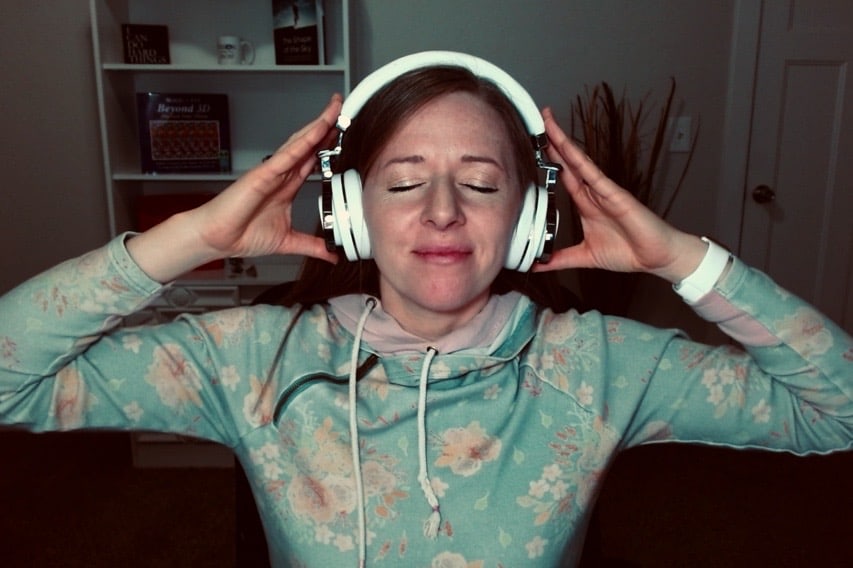
You can read more about the process in the book, Optimal Eyesight, by Esther Joy van der Werf, a vision teacher who was able to overcome strabismus with a combination of vision therapy and natural vision improvement.
Potential Drawbacks
- Not proven scientifically to work
- Will not fix the whole problem as some like to claim
- A little froo-froo
Conclusion
As you can see, there are many options to explore when working to overcome strabismus or amblyopia. The tricky part is choosing the right ones for your individual case and to find the right professionals to help you along the way.
There can be so much bias.
A surgeon will probably suggest surgery.
A vision therapy office will probably suggest vision therapy. Find an office here.
A Bates Method teacher will probably suggest the Bates Method.
Do your research, meet with multiple specialists and gather information from them all with an open mind, each has something valuable to offer, even if others claim that they don’t.
If you would like to discus it with me, I am always happy to offer an unbiased opinion and help you sort through your options. Schedule a call over HERE.
This is figure-out-able, just start taking action and the results will follow.
